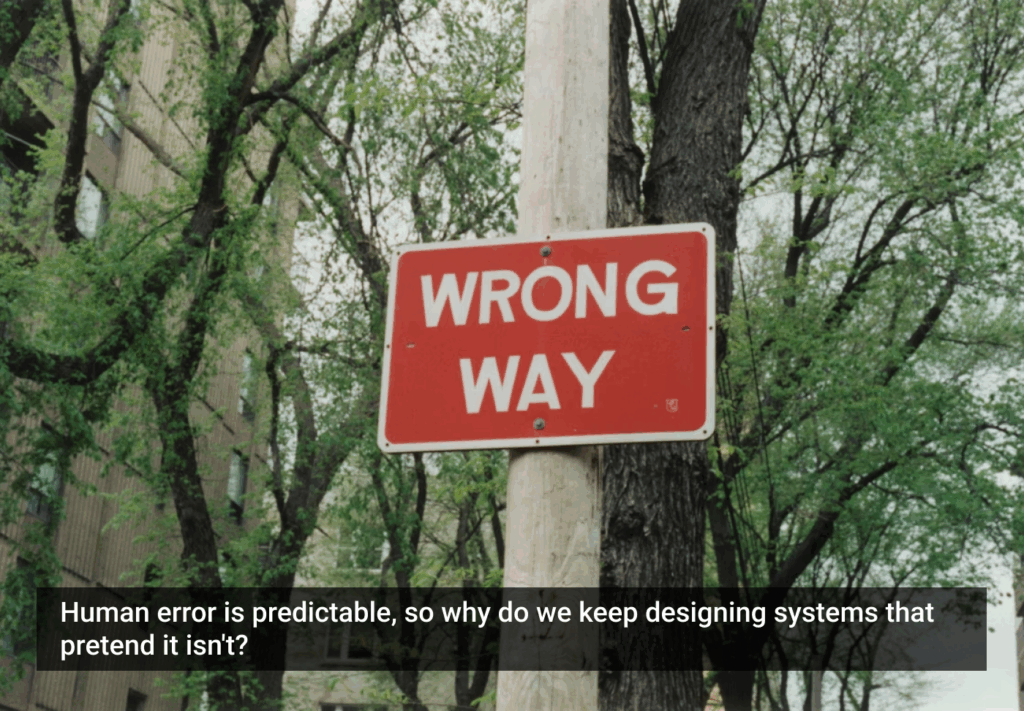It doesn’t matter how tight your business plan may be, how great the feature turns out, or how clever the concept. If your product or service doesn’t solve a problem, the end-user considers it important that your business will not succeed if they don’t want what you are offering.
You’ve probably heard people in the tech world say phrases like “let’s identify a real need” or “fail fast, fail often, and pivot as needed.” These phrases, cliche as they may be, are said for a reason — because they have been proven to be solid foundations for many successful companies.
At BCG Digital Ventures, we strive to continuously test and evolve our desirability, feasibility, and viability solutions without leaving any of those lenses behind. However, all too often, the voice of the customer gets lost in the process. And, when we lose sight of the problem we’re trying to solve for the end-user, the entire product build can get off track.
In the innovation, or “idea” phase, the voice of the customer usually rings clear and vibrant. Everyone on the team is tuned to that voice as they identify opportunities at the intersection of real human needs and strategic fit.
In incubation, we begin to take our first steps toward proving the real-world viability of the concept we identified. Here, we grapple with the challenge of defining the Minimum Viable Product (MVP) to demonstrate that our solution can work. For some, though, the “It can work” mentality can morph into something like “Can we actually build it?” or “Can we monetize it?” That is where we sometimes fall into the trap of focusing only on the product build or getting caught adjusting the solution to maximize profitability.
When I was a kid, we used to play these dexterity puzzles. You’ve probably seen one before: A small, hand-held box covered by a clear plastic lid with three or four tiny metal balls rolling around inside. To solve the puzzle, you have to get all the balls into the shallow pits on the bottom of the box all at once. This is actually much harder than it sounds; every time you carefully maneuver one ball into a pit, another one will roll out of place.
And that’s the way it can often be when we’re trying to solve for desirability, feasibility, and viability all at the same time. Every victory in one area seems to come at the expense of another. As soon as we “solve” one problem, we immediately have a new one to address.
So, how do we avoid this? How do we keep our focus on the voice of the customer (desirability) front and center without detracting from viability and feasibility?
For one, we need to remember that all three goals are important to the venture’s success. “It can work” relates to the entire business. We need to make sure we can build it, users will want it, and that we will be able to monetize and scale it. If we come up with a great product we know we can make money on but don’t have the capability to build it, we’re dead in the water. If we have a product we know we can build but that users don’t really want or need, we’re up the same creek.
In the pursuit of the “M” in MVP, we need to keep in mind that our solution must still be a desirable one. It needs to be able to attract traffic and positive feedback to help justify the effort to continue working toward the vision. A desirable MVP avoids the challenging situation of a team and corporate partner falling out of love with the vision.
We knew there was huge friction we could solve on one venture we built in the consumer services sector. Providers were driving upwards of 60 minutes from job to job, each being paid under $100, which often had to be shared between a few individuals. This made their business model extremely inefficient. We knew that if we could keep their business within a tighter geographic area, they would be more profitable and be able to grow faster. So, we introduced the idea of territories — and the providers loved it! At this stage, the math was simple: More customers in a smaller area meant more customers per day, saving time, fuel, and money.
Next, we refined our pricing model, creating a discount for certain customers that increased based on how many of their neighbors used the same provider. This could work out great for providers and homeowners alike, we thought. However, when we brought the idea to the providers, we found that the math was no longer so simple. We could not convince them to lower their per-hour rates to provide a discount, even though this translated into more jobs per day and a more profitable business as a whole.
To solve this, we restructured the incentive model so that the platform absorbed the discounts, which was much more palatable by providers. This process only served to bring home that point that we must always be sure our solutions continue to meet each stakeholder’s needs.
What this really comes down to is a team effort. While the strategic designer can help identify testable customer insights, KPIs, potential product opportunities, and testing strategies, the whole team should be invested in and attentive to keeping the customer’s voice at the center of the venture.
Here are some tips for keeping the customer voice front and center:
- Talk to all stakeholders in your ecosystem: Have conversations with everyone, not just the customer — and do it often. This will help you better understand the context of your product. Second, always be sure to check in with your team if you identify any changes that need to be made.
- Align your team around a set of expectations: Discuss and agree upon what you want to get out of your daily standups or weekly check-in meetings, and hold each other accountable for sticking to what you agreed upon.
- Be mindful of the message you send to end users: There are often big opportunities to identify the right value proposition and deliver the right message to your customer. Be sure to A/B (and C/D/E) test your content and messaging — even your partnerships and vendors, which all reflect on your brand. For example, even though PayPal may be easier to implement than Stripe, it could yell “outdated” to users. This should become apparent through testing.
No matter how you phrase it, viability follows desirability, business value follows customer value. Or, as H. Gordon Selfridge once put it: “The customer is always right.” To achieve a profitable and growing business, you need happy customers.






